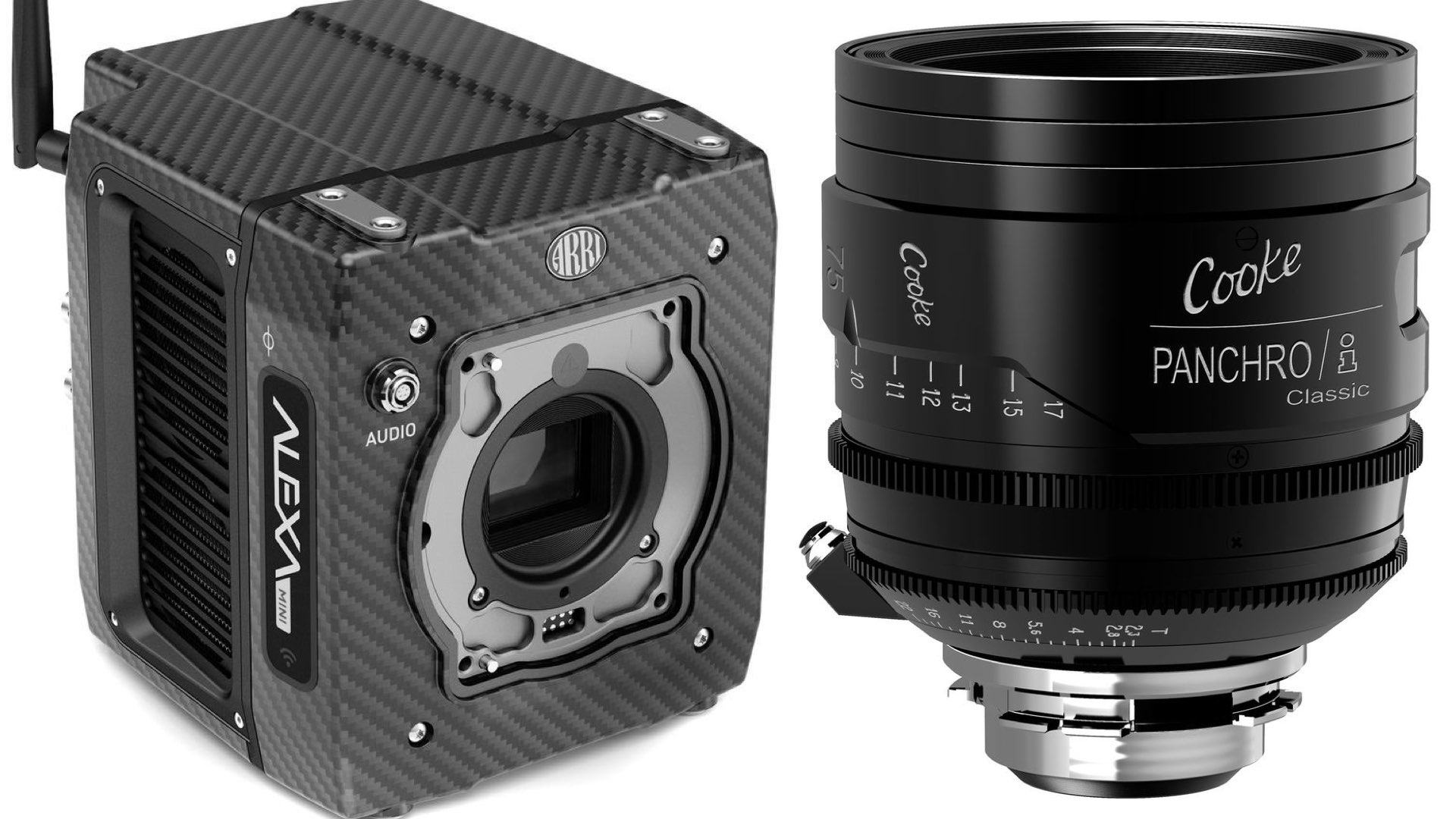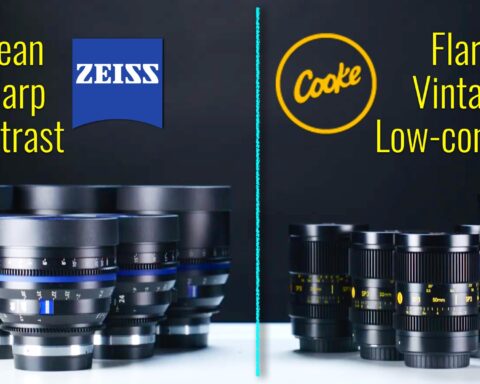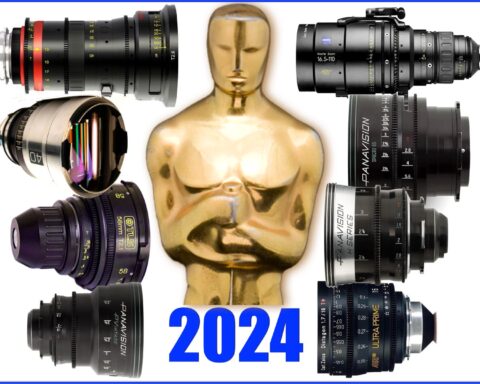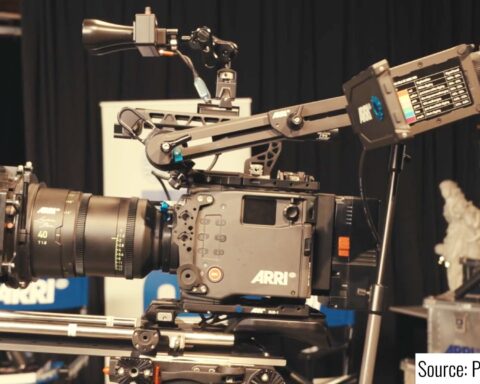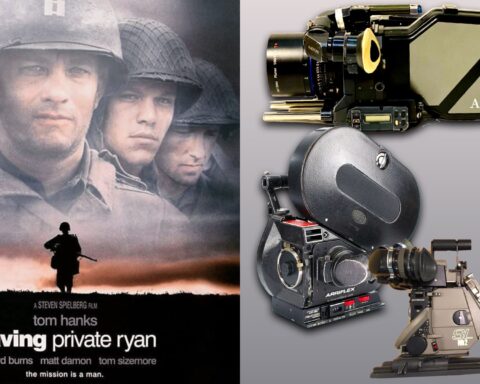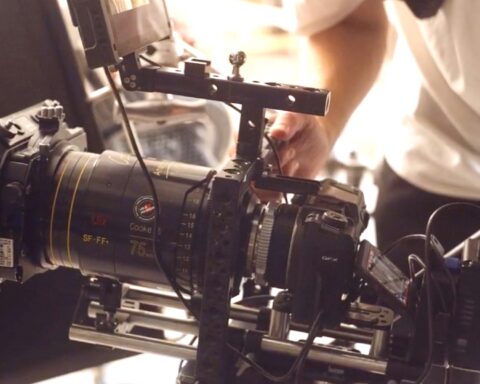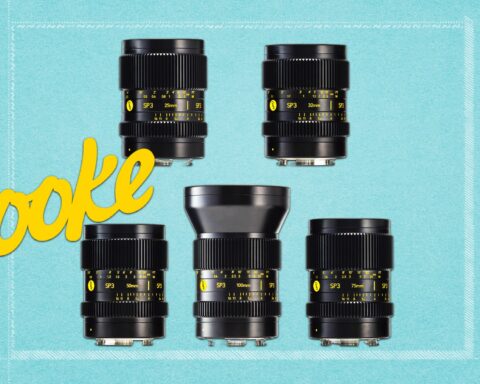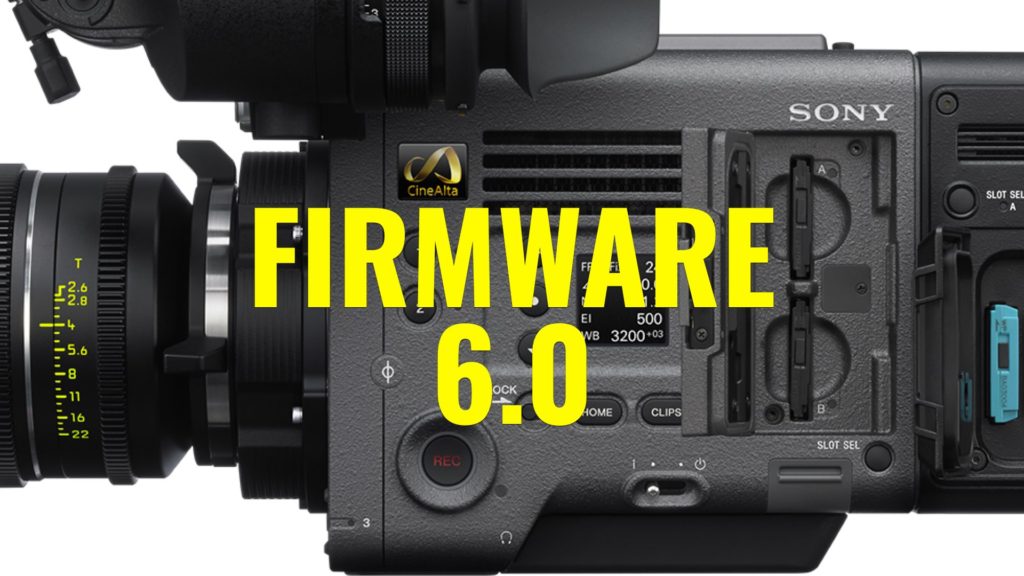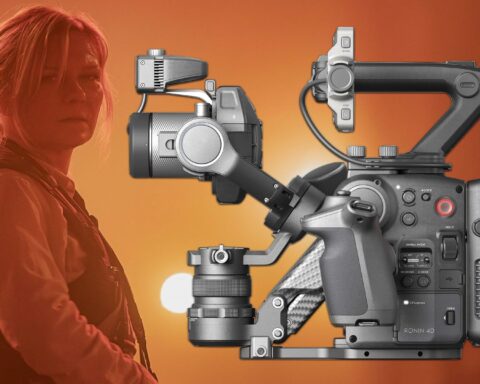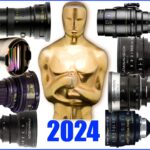Black & White is the new color. Many DPs are trying to implement the artistic and most challenging black and white imagery. In this article, the black and white low budget drama, Fugitive Dreams, is being demonstrated as a reference. Read the DP Peter Simonite, ASC, CSC thoughts of choosing ALEXA Mini and Cooke Panchro/i Classic for the monochrome storytelling.
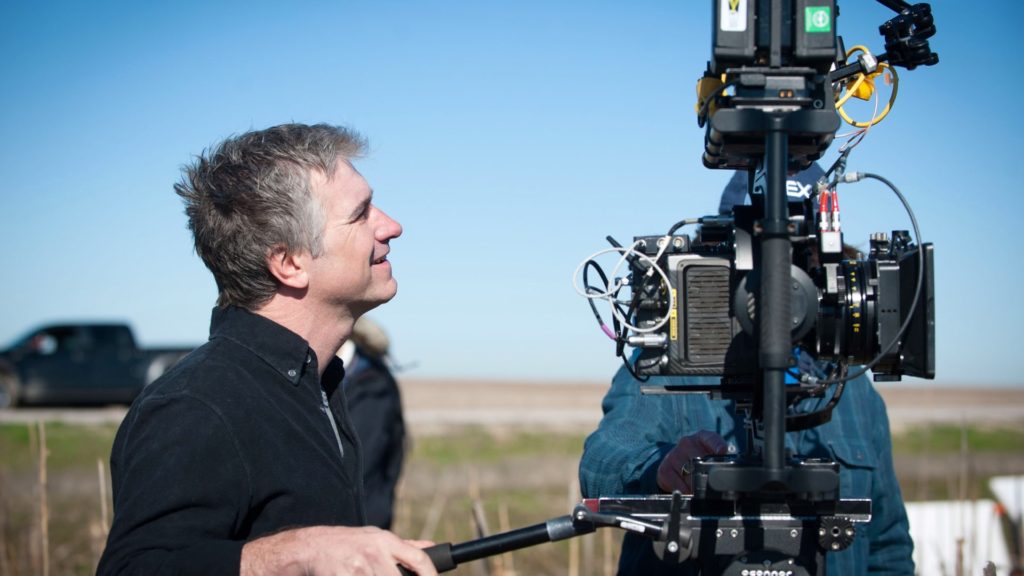
Black & white is the new color
We’ve all heard about David Fincher’s black and white masterpiece, Mank, which is a well-deserved candidate to be nominated for Oscar 2021 Best Picture category. Mank was shot by Erik Messerschmidt on a dedicated black and white camera, the RED HELIUM Monochrome. Another interesting predicted nominee for Best Cinematography is “Malcolm & Marie” which was shot by Marcell Rév and captured in black and white on ARRICAM LT. The return of the monochromatic imagery can be considered as a 2020 trend or even an old-new approach for pushing (or breaking) the boundaries of elite cinematography. In the low-budget beautiful drama, Fugitive Dreams, DP Peter Simonite, ASC, CSC elaborates about what it needs to deliver strong and satisfying black and white imagery to the big screen. Read below.
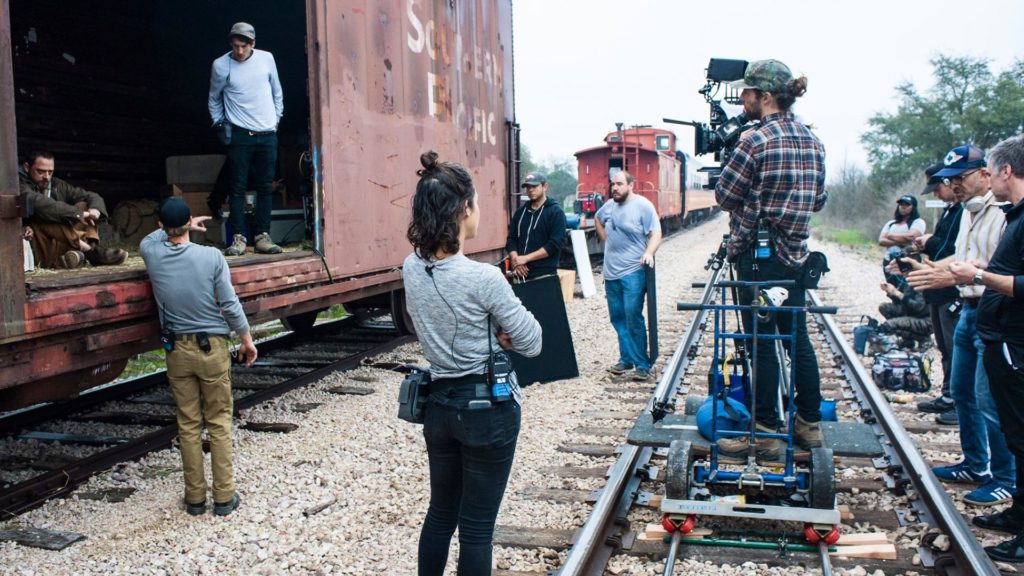
The director wanted to primarily shoot in black and white using the Academy ratio [1.37:1 — the Hollywood standard from 1932-1952].
DP Peter Simonite
Fugitive Dreams: A low-budget film ($1.3 million)
Fugitive Dreams, which was directed by Jason Neulande and based on the play by Caridad Svich, is an allegorical road movie touching on themes of homelessness, mental health, and addiction, as two lost souls embark across a dreamscape America. Their darkly strange journey confronts them with their traumatic pasts and bonds them in compassion and love. “Jason had a strong idea for the visual side of storytelling, as the film takes place in an anachronistic world between past and future”, said Simonite. “He wanted to primarily shoot in black and white using Academy ratio [1.37:1 — the Hollywood standard from 1932-1952]. This helps characters dominate the frame with less negative space on the sides, making them oddly heroic inside their own fractured world.” The film had a low budget of about US $1.3 million, which contributed to the challenge even further (everything is easier when you have more money).
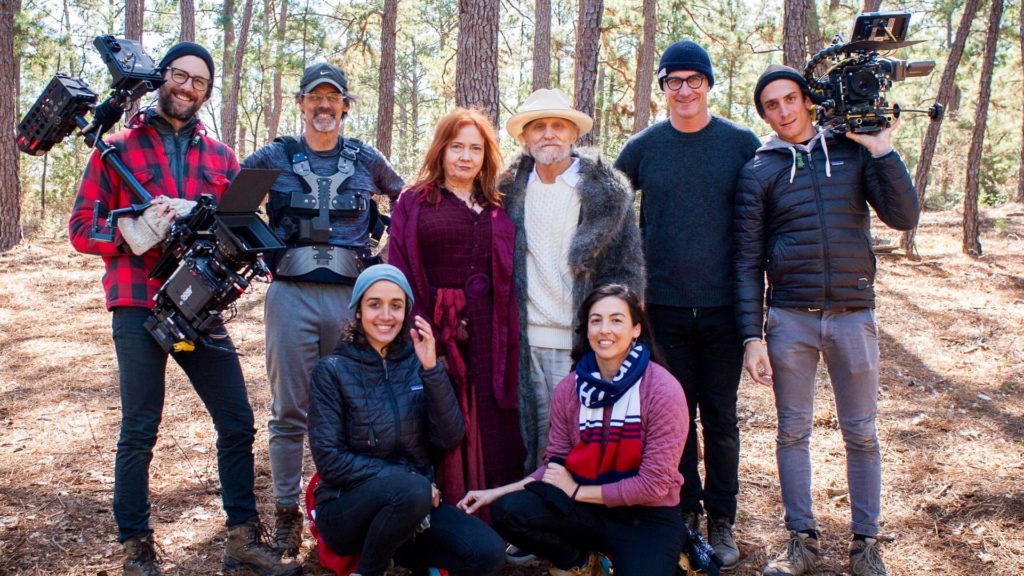
Watch Fugitive Dreams trailer below:
ALEXA Mini and Cooke Panchro/i Classic for the black & white look
Although certain parts of Fugitive Dreams are in color, Simonite and Neulander covered a lot of ground with their visual references for the film. These included photographer Dorothea Lange’s iconic Dust Bowl images, as well as the films Alice in the Cities (1974) and Down by Law (1986). “Those references really spoke to me. It was a great opportunity to create visuals that would underscore the story,” stated Simonite. “Cinematographers get excited about that.” “For lenses, I tested everything, but I have a lot of experience with Cooke lenses going back to when I first shot on the Cooke XTAL,” explained Simonite. “Those lenses were really special. From there I started to fall in love with the unique characteristics of Cooke lenses, especially the S2 Speed Panchros that were converted into Anamorphics. Originally, Simonite wanted a set of vintage Cooke Speed Panchros, to match with the two ARRI Alexa Mini cameras.

32mm as the “Hero lens”
Simonite rented the full set of Cooke Classic Panchro/i lenses: 18, 21, 25, 27, 32, 40, 50, 65 MACRO, 75, 100, 135,152mm. These would be shared between the two ARRI Alexa Minis. The 65 MACRO was used as both a standard 65mm, as well as a macro for some specific shots. Simonite’s hero lens for Fugitive Dreams was the 32mm. “The 32 is just a beautiful lens. You just can’t go wrong when shooting on the 32.
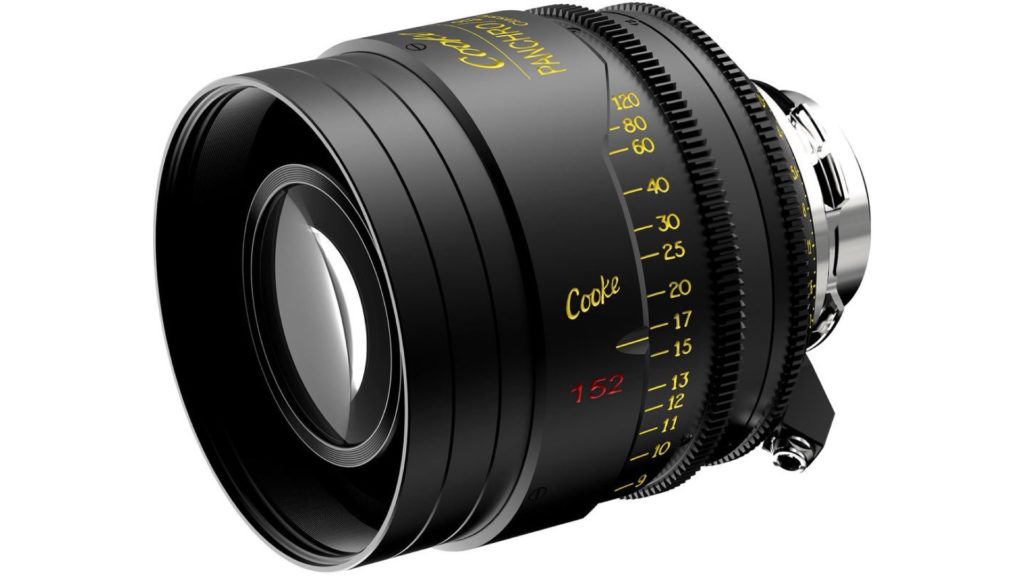
Vintage and modern imagery
According to Simonite, the Panchro/i Classics had all the character of the Speed Panchros, but with more consistent contrast from lens to lens. That allows the glass to be vintage and modern at the same time, which was perfect for this film. “For this story, I knew that the lenses would become an integral part of how people would view the imagery — the lenses work in a powerful but subtle way, like music. The sharpness, the contrast, the beautiful bokeh, the way they flare…I could always count on that to make each image special”, adds Simonite
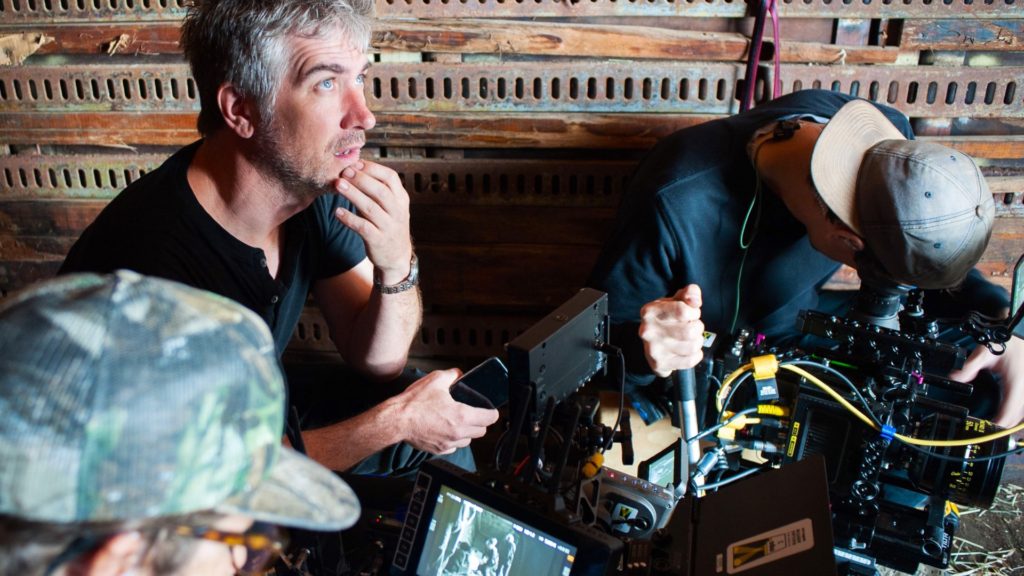
Originally, Simonite wanted a set of vintage Cooke Speed Panchros, to match with the two ARRI Alexa Mini cameras.
The major challenge in black & white cinematography
In my opinion, the real challenge when director and DP decide to go all the way with black & white is not just choosing cameras and lenses, but meticulously planning how to tell the story in a way to prevent black & white fatigue, so the audiences can still be immersed into the screen. For that reason, Mank can be a game-changer. Just imagine this film getting the Best Picture’s Oscar. Moreover, we can all remember Spielberg’s, Schindler’s List, which was also a black & white masterpiece.
Fugitive Dreams was released on 31 August in Canada at the Fantasia International Film Festival, and on 24 October in the US at the Austin Film Festival. It is currently seeking distribution.


